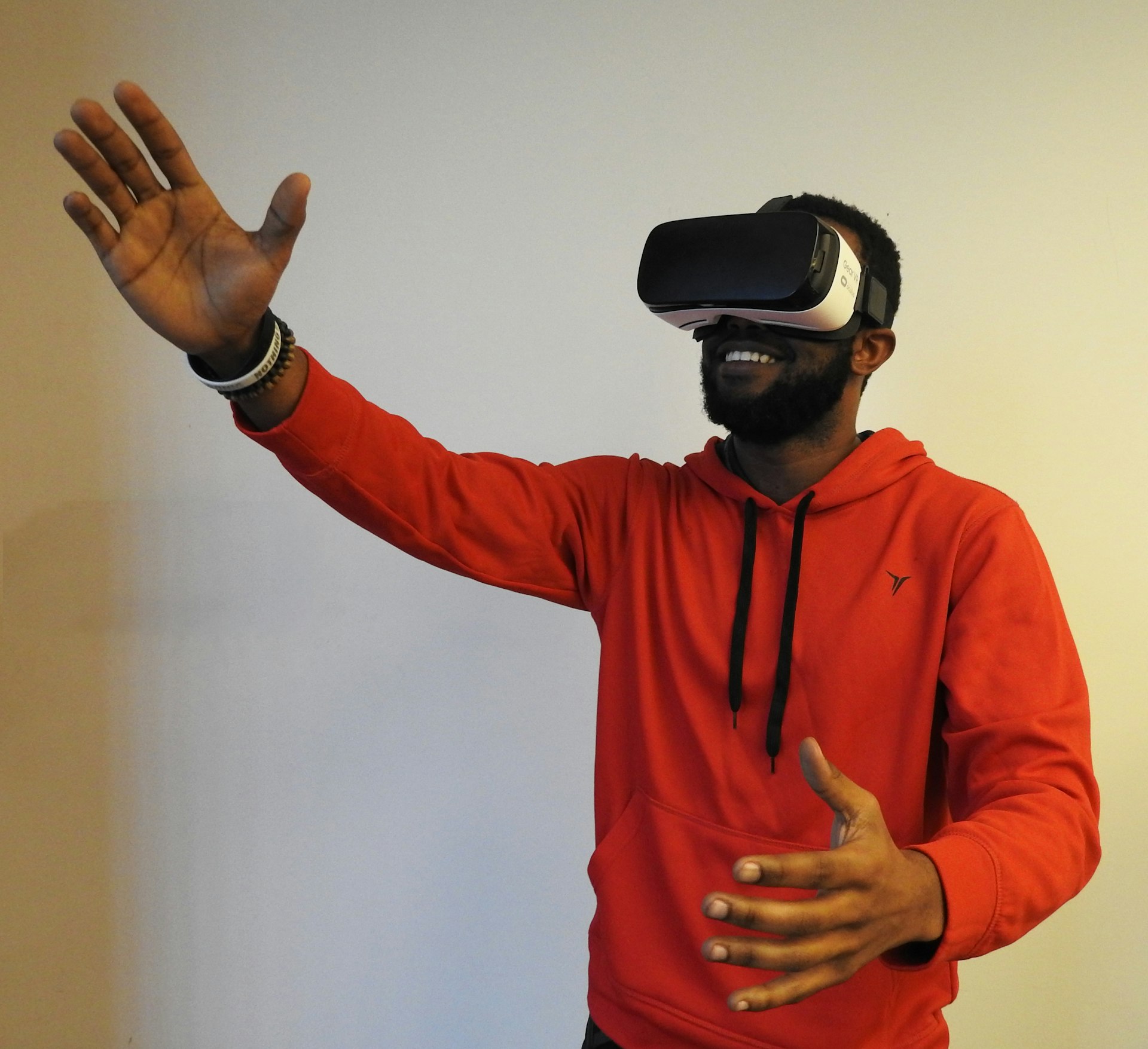Unlocking Relief: Mind-Body Practices for Chronic Pain Management

Photo by Mick Haupt on Unsplash
Introduction to Mind-Body Practices for Chronic Pain
Chronic pain-commonly defined as pain persisting for more than three months-affects millions of people and often disrupts daily activities, mood, and overall quality of life. Traditional treatments such as surgery and medication provide limited relief for many individuals, prompting increasing interest in mind-body interventions. These approaches harness the connection between mental and physical processes to help manage pain, improve function, and enhance well-being. A growing body of research supports their promise, with some programs showing lasting benefits for pain relief and functional improvement [3] , [1] .
Core Mind-Body Approaches: What the Science Shows
Leading mind-body practices for chronic pain include mindfulness meditation, yoga, tai chi, hypnosis, and cognitive-behavioral therapies. These methods target both the physical and emotional aspects of pain, aiming to reduce pain perception, improve coping strategies, and lower disability. According to the International Association for the Study of Pain, hypnosis, meditation, and yoga have the strongest scientific support among mind-body approaches, with evidence indicating meaningful relief from pain and improved daily function [2] . Clinical trials also highlight relaxation training, tai chi, and mindfulness-based stress reduction as effective options for various chronic pain conditions [4] .
How Mind-Body Practices Work
These interventions leverage the brain’s ability to modulate pain signals and reshape neural pathways associated with chronic pain. For example, mindfulness-based approaches train individuals to notice pain sensations without judgment, which can reduce emotional distress and pain intensity. Studies using brain imaging show that mindfulness and meditation can regulate activity in key brain regions involved in pain processing, such as the anterior cingulate cortex and insula, while enhancing top-down modulation of pain [5] . Hypnosis and cognitive therapy target beliefs and behaviors that exacerbate pain, helping to replace maladaptive thought patterns with adaptive coping mechanisms [2] .
Key Mind-Body Practices Explained
Mindfulness Meditation
Mindfulness involves paying deliberate, nonjudgmental attention to present-moment experiences. Regular practice can help chronic pain sufferers reduce anxiety, emotional reactivity, and the intensity of pain signals. Mindfulness-based interventions-such as Mindfulness-Based Stress Reduction (MBSR)-have been shown to improve pain outcomes and quality of life for diverse populations [4] . To get started, individuals may join MBSR programs at hospitals, community centers, or through virtual courses. Many medical centers and pain clinics offer these services; inquire with your primary care provider or local hospital’s integrative medicine department for guidance.
Yoga and Tai Chi
Yoga and tai chi combine physical movement, breath control, and mental focus to promote flexibility, strength, and relaxation. Both have demonstrated benefits for chronic pain conditions such as back pain, osteoarthritis, and fibromyalgia. Research shows yoga and tai chi can improve physical function and reduce pain severity, with some effects lasting beyond the intervention period [4] . To find qualified instructors, search for certified yoga therapists or tai chi practitioners with experience in chronic pain management or ask your healthcare provider for recommendations.
Hypnosis
Clinical hypnosis uses guided imagery and focused attention to change the perception of pain. Studies indicate that hypnosis can deliver meaningful relief for adults and children with chronic pain, including pain from cancer and musculoskeletal conditions [2] . Licensed mental health professionals or pain specialists trained in hypnosis may offer these services. To locate certified providers, consult the American Society of Clinical Hypnosis or ask your healthcare network for referrals.
Cognitive-Behavioral Therapy (CBT) and Cognitive Functional Therapy (CFT)
CBT and CFT are structured psychological interventions that focus on identifying and changing unhelpful thoughts, beliefs, and behaviors related to pain. These therapies help patients understand their pain, reduce fear of movement (kinesiophobia), and gradually increase activity levels. A recent mind-body program based on these principles resulted in 64% of participants being pain-free six months after completion [1] . CBT and CFT are typically provided by licensed psychologists, counselors, or physical therapists with specialized training. To access these services, ask your primary care provider for a referral or search for behavioral health clinics in your area.

Photo by Katherine Hanlon on Unsplash
Implementation: Practical Steps and Access
Successfully adopting mind-body practices requires commitment, guidance, and adaptation to individual needs. Here are actionable steps to begin integrating these approaches into chronic pain management:
- Consult your healthcare provider : Discuss your interest in mind-body practices as part of your pain management plan. Your provider can help determine which methods are safe and appropriate for your condition.
- Seek reputable programs : Many hospitals, pain clinics, and community centers offer evidence-based mind-body interventions. Search for terms such as “mindfulness-based stress reduction,” “yoga for chronic pain,” or “CBT for pain management” alongside your city or region to identify local services.
- Consider online resources : If in-person access is limited, virtual programs and telehealth options are increasingly available. Many academic medical centers provide online mindfulness, yoga, or CBT courses. Verify the credentials of instructors and ensure the program is affiliated with a reputable institution.
- Start gradually : Begin with short, manageable sessions and increase duration as comfort allows. For example, start with 5-10 minutes of mindfulness meditation daily, or gentle yoga stretches tailored for pain relief.
- Monitor progress and setbacks : Keep a journal to track pain levels, mood, and functional changes. Share this information with your provider to adjust your approach as needed.
Challenges and Solutions
While mind-body practices can be highly beneficial, several challenges may arise:
- Engagement and Motivation : Staying committed to regular practice can be difficult, especially if immediate relief isn’t felt. Setting realistic goals, seeking group support, or engaging with a therapist can help maintain motivation [5] .
- Access to Qualified Providers : Not all areas have certified instructors or therapists. In such cases, verify online program credentials or ask for referrals from your primary care provider.
- Resource Constraints : Some programs may have fees or require specialized equipment. Community health centers, non-profit organizations, and some insurance plans may offer low-cost or covered services. Contact your insurer or local health agencies for information about coverage and subsidies.
- Long-Term Adherence : Sustaining benefits requires consistent engagement. Building mind-body practices into daily routines, joining peer support groups, and tracking progress can facilitate long-term adherence.
Alternative and Complementary Approaches
In addition to primary mind-body practices, other nonpharmacological strategies-such as low-impact exercise, massage, acupuncture, and group education-may complement pain management plans. The National Center for Complementary and Integrative Health notes that integrating several approaches can offer synergistic benefits and improve overall function [4] . Always consult with your healthcare provider before combining therapies to ensure safety and appropriateness for your specific condition.
How to Find Services and Get Started
To access mind-body practices for chronic pain management:
- Contact your primary care provider or pain specialist and express your interest in integrative approaches.
- Search for mind-body programs at local hospitals, rehabilitation centers, or community health organizations.
- Use search terms such as “mindfulness-based pain management,” “yoga therapy for pain,” or “CBT for chronic pain” along with your location to identify reputable providers.
- Consult national organizations such as the American Psychological Association (for CBT), American Society of Clinical Hypnosis (for hypnosis), or Yoga Alliance (for yoga therapists) for directories of certified professionals.
- If you encounter barriers, ask your provider or local health department about telehealth or online group programs that may be accessible from home.
Key Takeaways
Mind-body practices represent a promising, evidence-informed approach to chronic pain management. By addressing both the physical and emotional dimensions of pain, these interventions can reduce pain severity, improve function, and foster resilience. To maximize benefits, seek professional guidance, start gradually, and persist with regular practice. As research continues to evolve, these integrative strategies are becoming an essential component of comprehensive chronic pain care.
References
- [1] Beth Israel Deaconess Medical Center (2021). Researchers’ novel mind-body program outperforms other forms of treatment for chronic back pain.
- [2] International Association for the Study of Pain (2023). Mind-Body Practices Fact Sheet.
- [3] JAMA Network Open (2025). Feasibility of a Mind-Body Program for Chronic Pain.
- [4] National Center for Complementary and Integrative Health (NCCIH). Mind and Body Approaches for Chronic Pain: What the Science Says.
- [5] Exploration of Medicine (2025). Neuroscience-based approaches in chronic pain management.
MORE FROM cheerdeal.com













